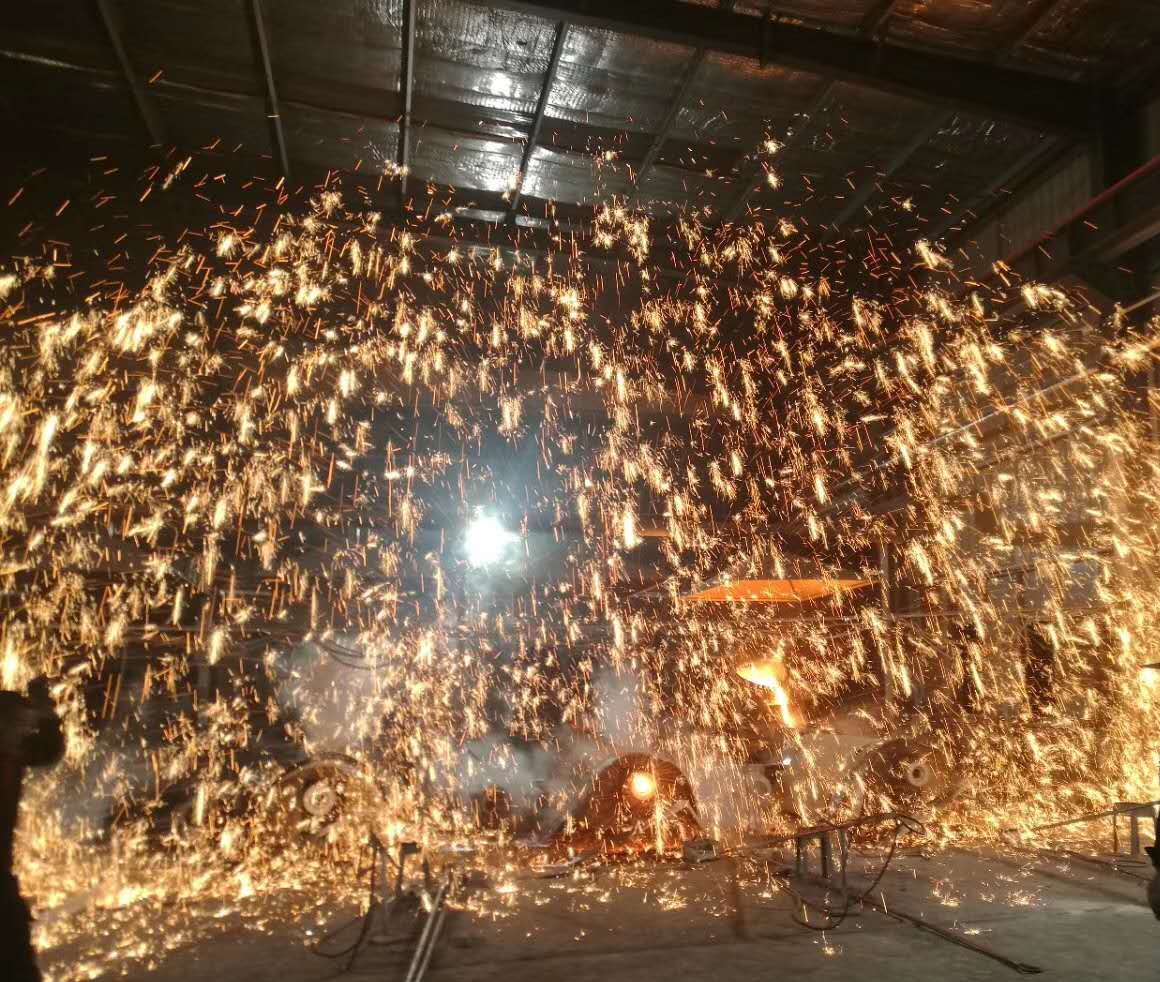Properties of iron
September 09, 2020
Iron is an abundant element in the universe (group VIII of the periodic table) and is the fourth
most abundant element in the earth’s crust. However, it does not occur naturally as a metal in the
way that we recognise it, but as ores and minerals that are plentiful.
Extracting elemental iron from the earth and making iron tools and weapons was one of the major
steps towards the development of ‘modern’ man. This was followed much later in the 18th and 19th
Centuries with the Industrial Revolution when coal and iron were king.
In the modern age there are different types of iron and steel and different grades within these
types. At we manufacture Grey Iron and Ductile (SG) Iron.
Iron ores are refined in blast furnaces to produce ‘Pig Iron’ which contains about 4% carbon and
small amounts of manganese, silicon, phosphorus and sulphur. Cast iron is made when
the pig iron is re-melted in a blast furnace, scrap iron and steel can be added, and then poured
into sand moulds .
The iron cools slowly in the moulds and it is this part of the process that defines Cast or Grey
Iron. As it cools the carbon separates out in plates or flakes of Graphite within the iron. This gives
Grey iron its physical characteristics – relative strength, durability and ease of machining. This
mixture of characteristics combined with the simplicity of the process, the design opportunities
and versatility of cast iron and the abundance of the raw materials is why Grey Iron is so widely
used across so many varied industries.
The 20th Century saw the development of Ductile Iron. Ductile or SG (Spheroidal Graphite) Iron is,
as its name suggests, more malleable than Grey Iron. Both are produced in an almost identical
fashion and can be poured into moulds to make castings in exactly the same way. The difference
is a bit of chemistry.
When the iron is in its molten form a small amount of Magnesium is added. This time when the
iron cools the carbon does not form plates or flakes of graphite, but spherical nodules or balls.
When the cast is complete the iron retains the versatility of Grey Iron but has greater strength,
malleability (ductility) and shock resistance.




